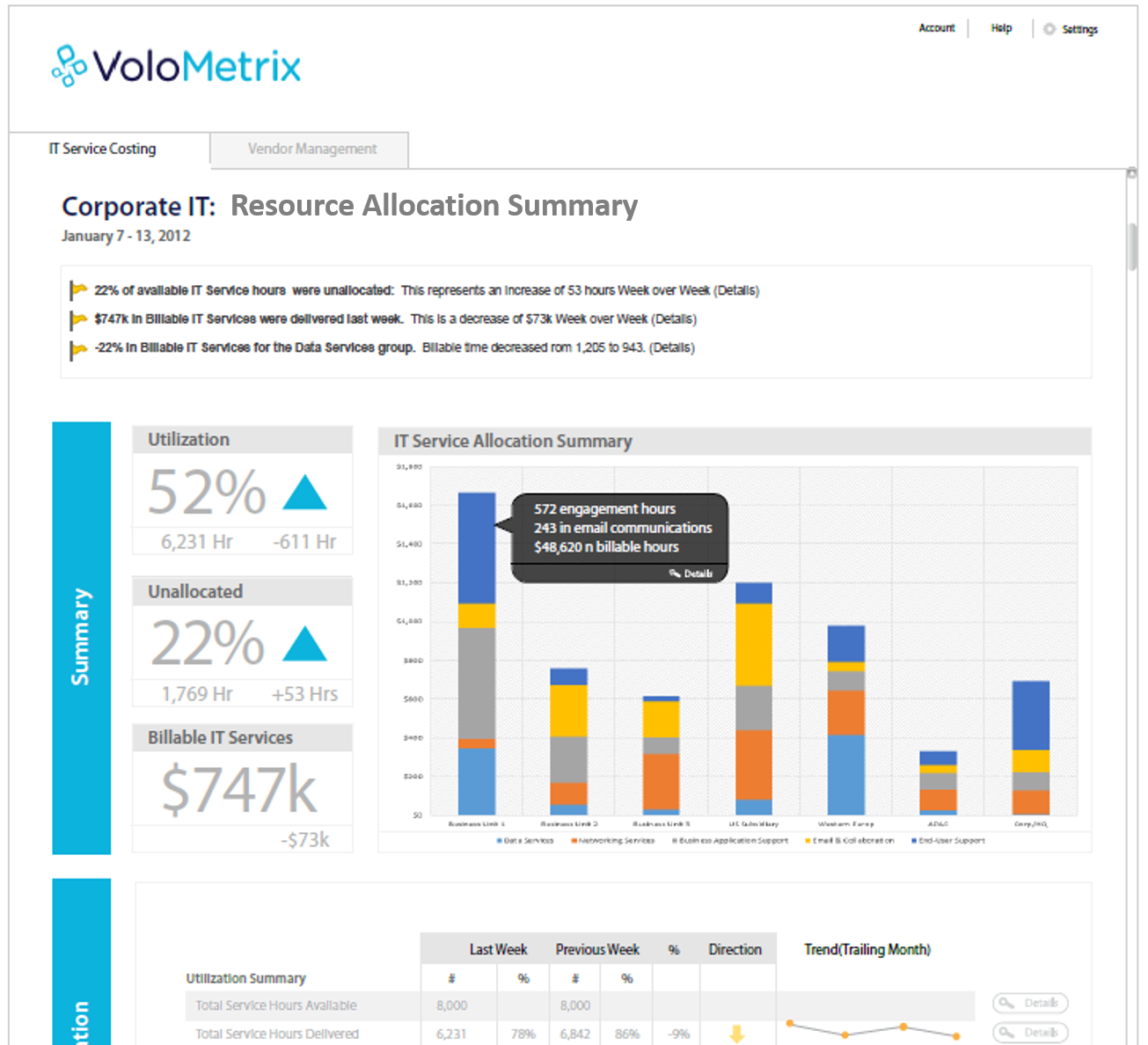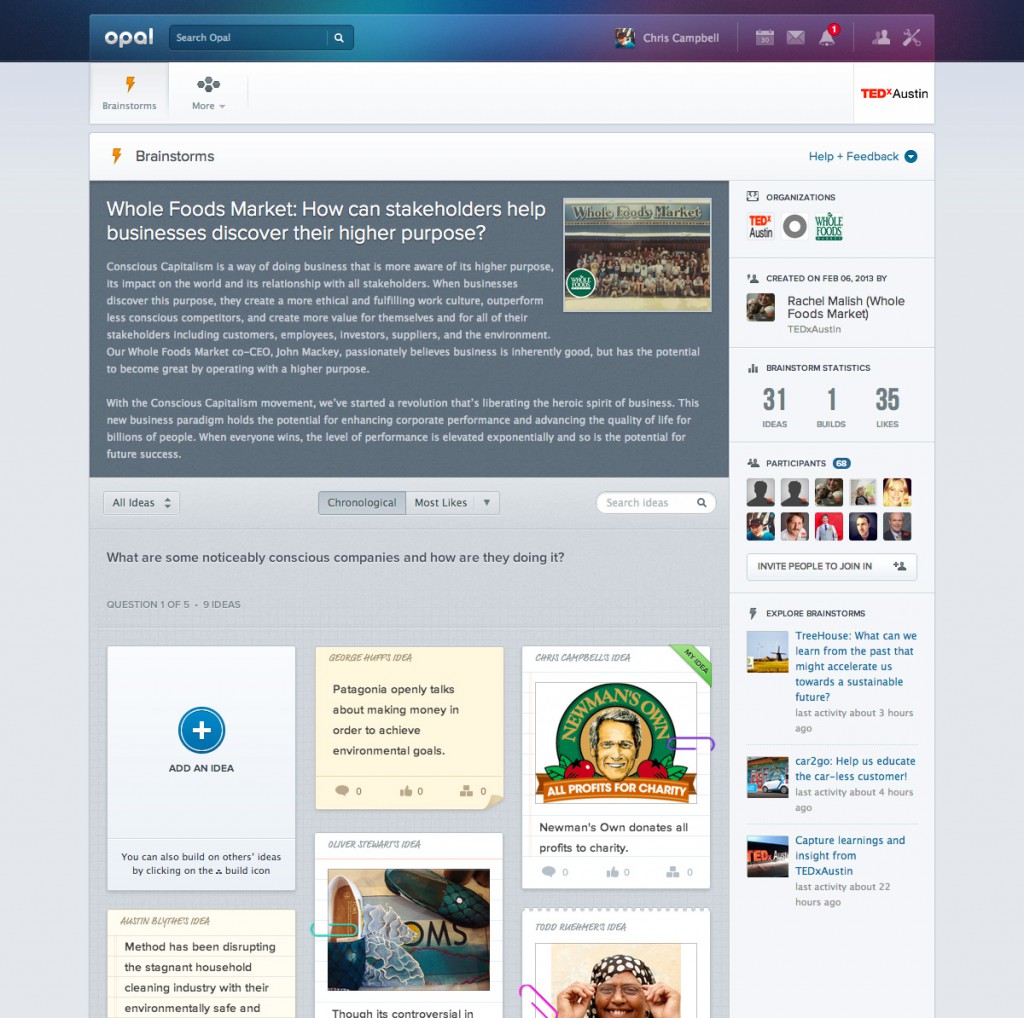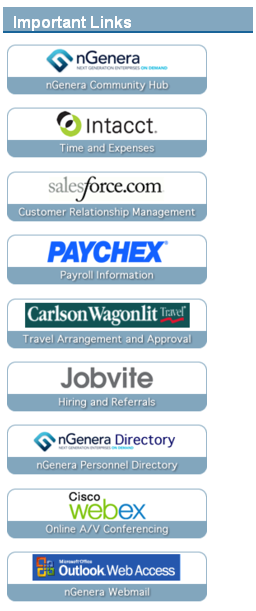There’s been a gaping hole in the enterprise market for someone to come along and start identifying what’s actually happening within the corporate “people” network. Once the company can see its aggregate collaboration data, it can make intelligent tweaks to improve productivity and apply strategic management thinking on what to do – and more importantly – to stop doing.
At first blush, this product will freak you out a little with the “creepy” factor, but the more you know, the more you realize it’s harmless and can actually be supremely beneficial – for management and individuals alike.
I’ve written numerous times about how the answer isn’t blowing in the wind; the answer is in the network. Social network analysis is the next frontier in understanding how companies function, and how they suffer under dysfunction. VoloMetrix is the first company I’ve come across that has a commercial offering for the enterprise that begins to get at this rich source of actionable data.
The company was launched in early 2011 by Ryan Fuller who spent time at Cognos and years as a management consultant at Bain & Co. He saw what was missing in the market was an easy way to look at the key relationships in the business (employees, customer, suppliers, etc.) and get a realtime view of collaboration and connections, so you could analyze patterns in a meaningful way. Once you have the data on what’s going on inside of the organization, it’s eye-opening. Fuller says one of his clients discovered 5 out of the top 20 meetings the company held involved a leading enterprise software vendor. Overall, the way the relationship was managed with the vendor cost the company about $20M per year. Another client analyzed its conversations with one of its supply chain partners and found that over 1,200 different individuals in the company racked up over 25K hours/quarter dealing with the partner.
Today, VoloMetrix only analyzes corporate email, IM, and calendaring, but they’ve been in contact with social collaboration platform vendors, and incorporating internal social networks is on the roadmap for the platform. Fuller sees VoloMetrix as a good complement to social collaboration platform vendors because they can pin-point with accuracy an ROI for the vendor in “before and after” quantitative terms (new relationships, reduction in email, increased productivity, etc.).
So is this the NSA of the enterprise? Maybe. Yet, truthfully, every corporate employer owns your data and has the right to track you on the job with very few exceptions (at least in the US). But, like the NSA, VoloMetrix claims it’s only capturing header data or metadata (to/from, date) and aggregates it to look at larger trends for analysis. “We’re not reading your email,” Fuller says. The data is mapped to the org chart, but it’s anonymized to show activity and relationships. He says one of his clients let the employees opt-out if they were uncomfortable, but only under 3% took them up on it. On the flipside, the data works in an employee’s favor too when you’ve been telling your boss for weeks you’ve been spinning your wheels talking to department X and never making any progress. Now you have evidence to back up your frustration. No one wants to waste their time at work, and VoloMetrix is a time-waster’s best friend in that it will put dollars against that wasted time.
I’m keeping my eye on this startup. They’re a SaaS-based enterprise play in a very hot space with virtually no competitors that I have seen. If I’m wrong about that, let me know in the comments. If I have any advice for the young company it would probably be this: borrow a binder and get a woman on your management team.
Update: Today, the VoloMetrix site has two women directors on its about page. My oversight. This morning I was told I had made a mistake, that the women were on the page and I missed it. I very rarely make mistakes like this, so my EI friend @jonerp ran a quick indexed cached page from July 21. No women in sight. Shame, shame, shame. Something bad made worse.





